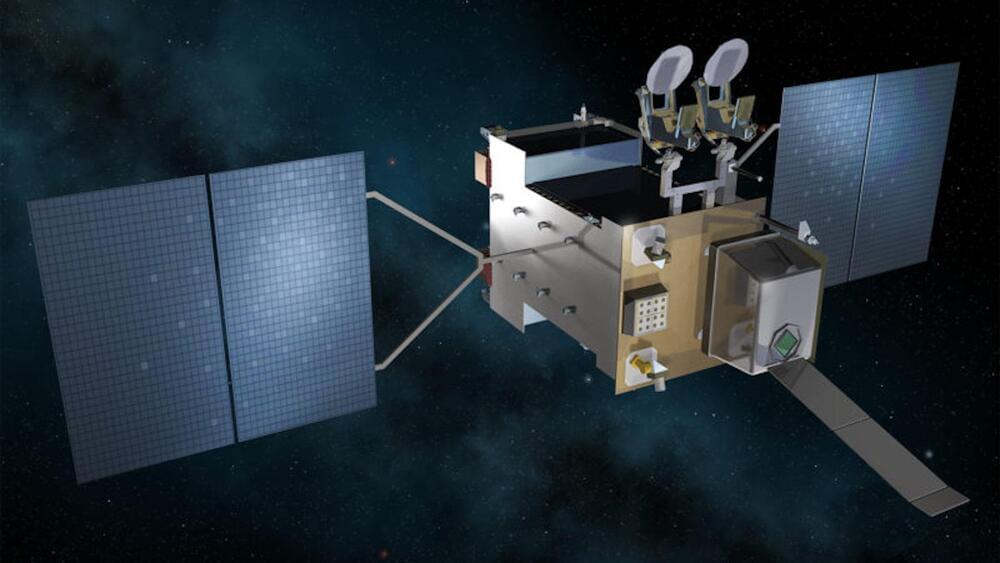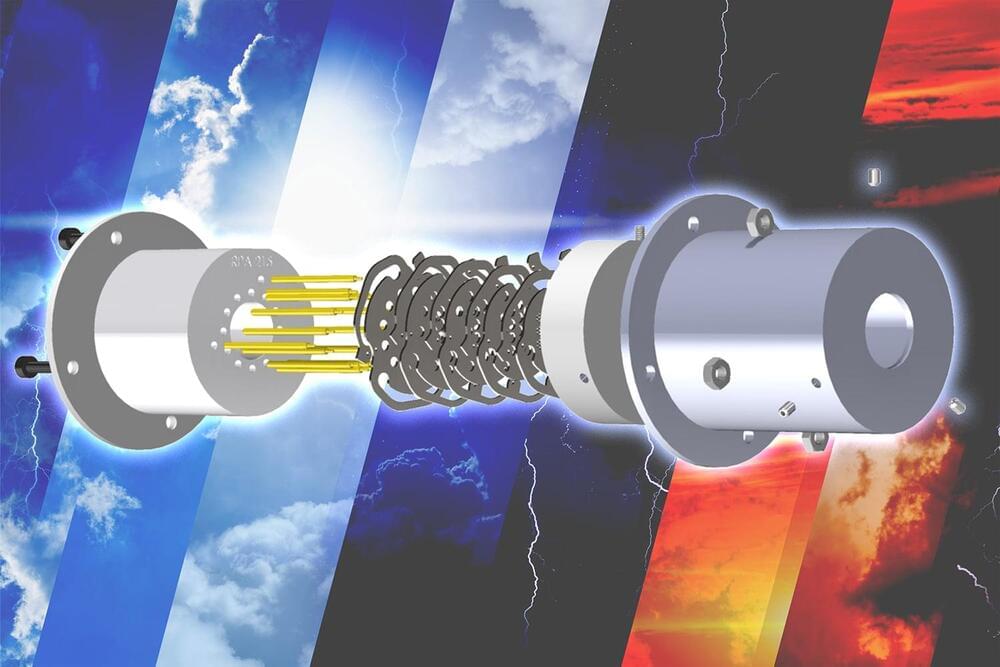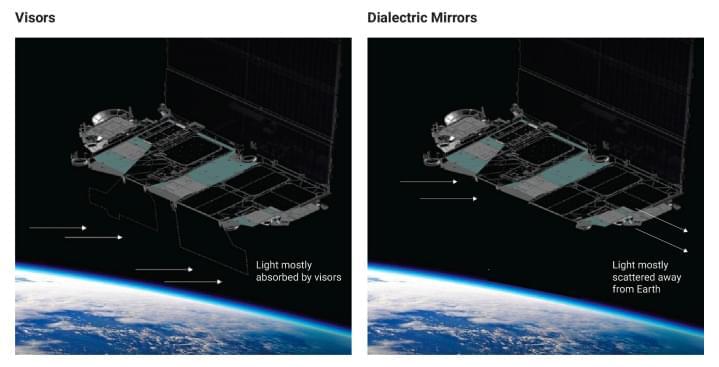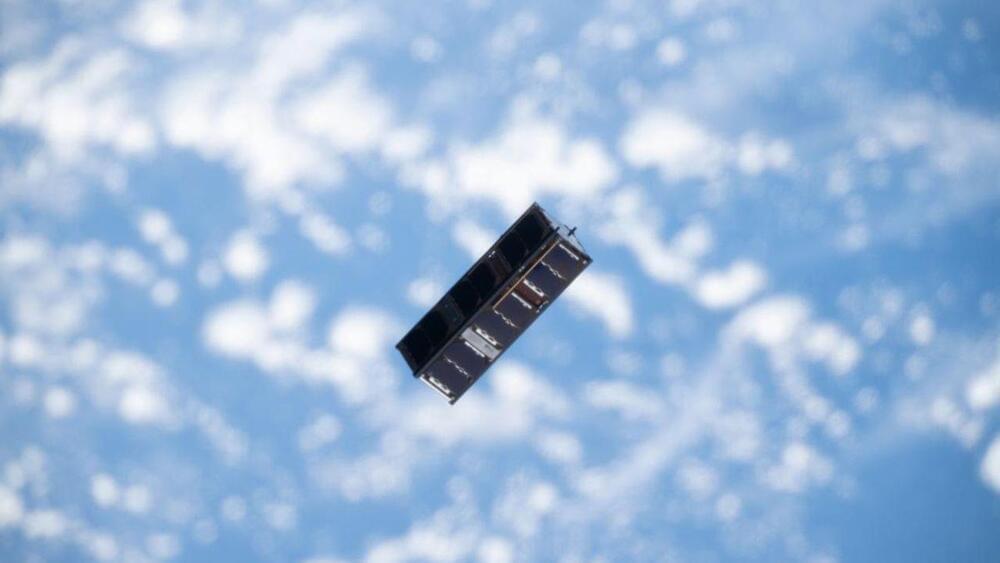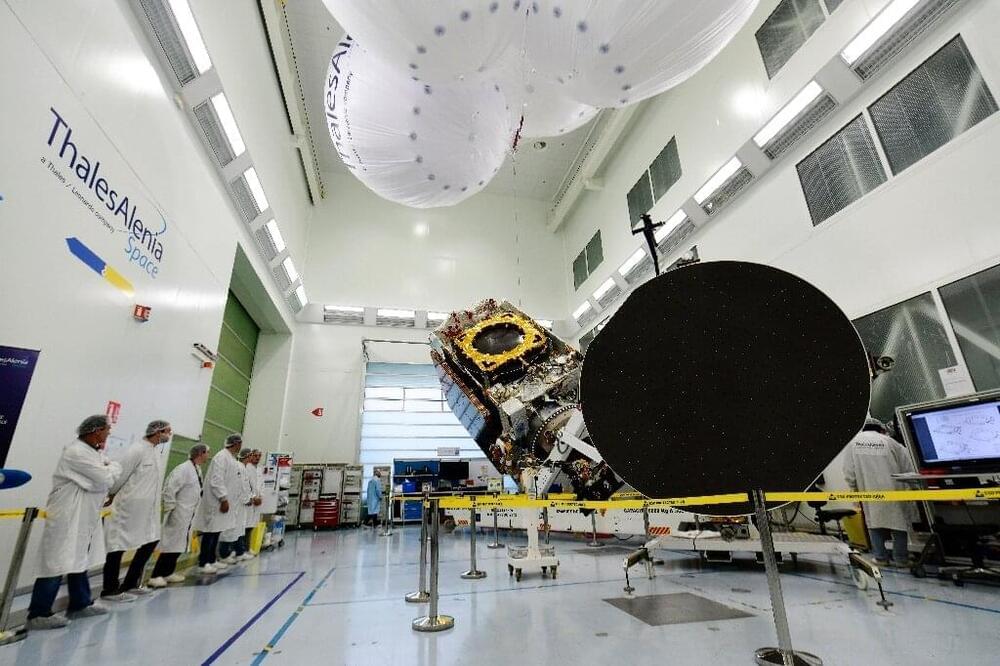Archive for the ‘satellites’ category: Page 63
Aug 1, 2022
MIT researchers develop low-cost, 3D-printed plasma sensors for satellites
Posted by Genevieve Klien in categories: climatology, satellites, sustainability
Cheap and quick to produce, the plasma sensors could help scientists predict the weather or study climate change.
Jul 31, 2022
Space junk, 1962–2022 🛰️
Posted by Shubham Ghosh Roy in categories: satellites, surveillance
🗑️ Space junk (space debris, space pollution, space waste, or space garbage) is defunct man-made objects in space (mainly in Earth orbit) that no longer serve a useful function.
👀 And here is how its number has changed over the past 60 years.
*As of January 2021, the US Space Surveillance Network reported 21,901 artificial objects in orbit above the Earth, including 4,450 operational satellites. However, these are just objects large enough to be tracked.
Jul 31, 2022
SpaceX shares how it’s making Starlink satellite less bright
Posted by Genevieve Klien in categories: internet, satellites
SpaceX shared how it’s making its Starlink satellites less bright. The space exploration company published a document titled, Brightness Mitigation Best Practices for Satellite Operators that outlines how it’s working with the astronomy community to reduce light pollution.
New document from @SpaceX https://api.starlink.com/public-files/BrightnessMitigationBe…rators.pdf explaining what they have been doing to make their satellites less bright. I applaud SpaceX for their work on this (and for making the document public), while remaining concerned to see how bright the Gen2 Starlinks end up being.
— Jonathan McDowell (@planet4589) July 29, 2022
Jul 29, 2022
Satellites can disappear in major solar storms and it could take weeks to find them
Posted by Gemechu Taye in category: satellites
The risk of satellite collisions would be extremely high after a major solar storm, experts say.
Jul 29, 2022
Scientists calculate the risk of someone being killed by space junk
Posted by Shubham Ghosh Roy in categories: particle physics, satellites
The chance of someone being killed by space junk falling from the sky may seem ridiculously tiny. After all, nobody has yet died from such an accident, though there have been instances of injury and damage to property. But given that we are launching an increasing number of satellites, rockets, and probes into space, do we need to start taking the risk more seriously?
A new study, published in Nature Astronomy, has estimated the chance of causalities from falling rocket parts over the next ten years.
Every minute of every day, debris rains down on us from space – a hazard we are almost completely unaware of. The microscopic particles from asteroids and comets patter down through the atmosphere to settle unnoticed on the Earth’s surface – adding up to around 40,000 tonnes of dust each year.
Jul 28, 2022
DoD signaling demand for satellite support services in geostationary orbit
Posted by Saúl Morales Rodriguéz in categories: computing, military, mobile phones, satellites
WASHINGTON — The Defense Innovation Unit is funding space projects that the agency hopes will spur commercial investments in satellite refueling technologies and support services for geostationary satellites.
“Imagine a world where every 18 to 24 months, you could simply upgrade the processor on a satellite in GEO the way that you upgrade your smartphone to take advantage of new processing power and new functionality,” said Steve “Bucky” Butow, director of the space portfolio at the Defense Innovation Unit.
DIU, based in Silicon Valley, is a Defense Department agency established in 2015 to help bring privately funded innovation into military programs.
Jul 27, 2022
Researchers 3D print sensors for satellites
Posted by Shubham Ghosh Roy in categories: 3D printing, satellites
Caption :
MIT researchers have demonstrated a 3D-printed plasma sensor for orbiting spacecraft that works just as well as much more expensive, semiconductor sensors. These durable, precise sensors could be used effectively on inexpensive, lightweight satellites known as CubeSats, which are commonly utilized for environmental monitoring or weather prediction.
Jul 26, 2022
L3Harris, Northrop picked for $1.3 billion hypersonics tracking satellite project
Posted by Saúl Morales Rodriguéz in categories: military, satellites
WASHINGTON — L3Harris Technologies and Northrop Grumman Strategic Space Systems won a U.S. Department of Defense contract to furnish multimillion-dollar satellites that help detect, identify and target missiles and other cutting-edge threats, including hypersonics.
The Space Development Agency on July 18 said the companies will each produce 14 prototype satellites for the Tranche 1 Tracking Layer, a key component of the National Defense Space Architecture, which will consist of hundreds of satellites operating primarily in low-Earth orbit.
Together, the agreements are valued at more than $1.3 billion. The L3Harris deal came in at $700 million, making each satellite and related service package worth roughly $50 million. The Northrop Grumman deal came in at $617 million.
Jul 26, 2022
European satellite firms eye tie-up to create ‘global champion’
Posted by Wise Technology in categories: Elon Musk, internet, satellites
French satellite operator Eutelsat said on Monday it was in talks with British counterpart OneWeb for a tie-up to create a “global champion” in broadband internet, rivaling US services like Elon Musk’s Starlink.
Satellite broadband promises to bring coverage to the most remote areas of the planet by doing away with the need for antennas and other infrastructure.
It will also supply internet on commercial aircraft and to products like connected cars.
